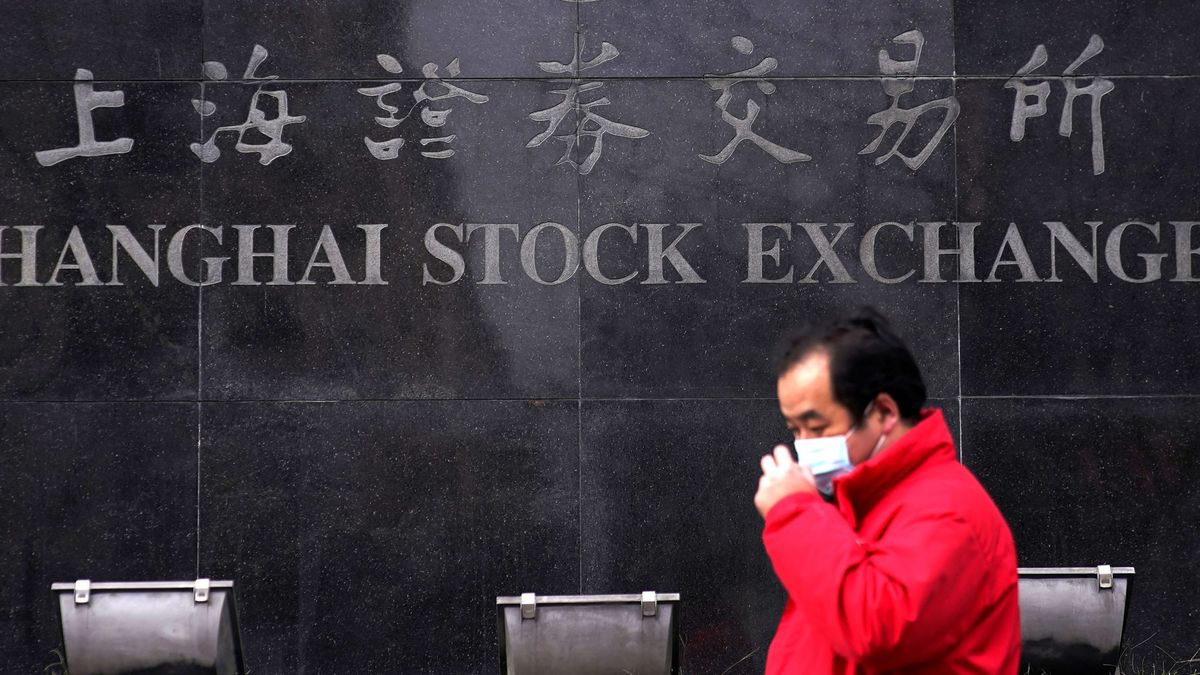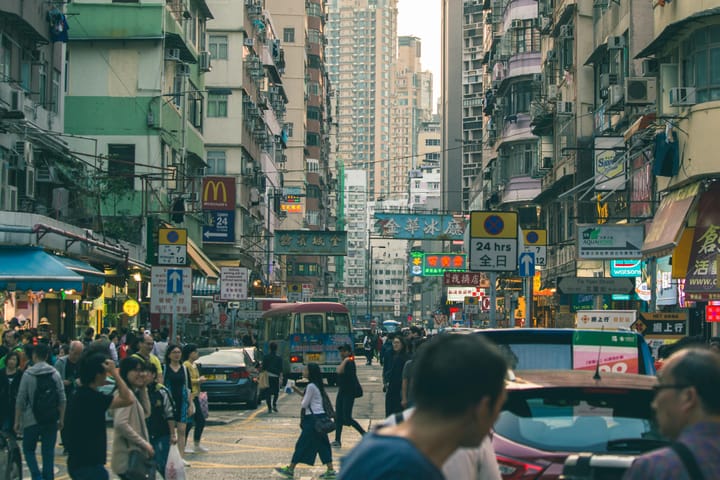China’s economy rebounds after coronavirus pandemic, but stocks still in decline

A few minutes every morning is all you need.
Stay up to date on the world's Headlines and Human Stories. It's fun, it's factual, it's fluff-free.
On Thursday, China reported that its gross domestic product (GDP) from April through June had again returned to positive territory. This would make China the world’s first major economy to experience positive economic growth since the start of the coronavirus pandemic.
“The national economy shifted from slowing down to rising in the first half of 2020,” the Chinese National Bureau of Statistics said in a statement.
The bureau went on to report that China’s GDP had expanded at a rate of 3.2% in the second quarter when compared to the same period last year. This was a sharp turnaround from the 6.8% slump in the first quarter – China’s first reported contraction in nearly half a century – as the country was hit with the emerging pandemic.
The country’s economic success could be attributed to the ruling Communist Party’s aggressive response to the coronavirus outbreak which involved quickly implementing widespread testing and strict travel restrictions.
Despite the encouraging data on China’s GDP, some still doubt the true state of the Chinese economy.
The Shanghai composite stock index – China’s onshore stock market bench mark – fell 4.5% on the same day, its biggest drop since early February, as investors feared that the economy had grown too dependent on government spending in the industrial sector rather than on domestic consumption.
Thomas Gatley and Rosealea Yao, economists at global research firm Gavekal, stated that Chinese economic growth “is shifting from a rebound to a plateau” for the third quarter, saying that further upward momentum would be difficult as “the acceleration impulse from fixed asset investment and the industrial sector fades and China’s consumer recovery remains sluggish.”
Trey McArver, a partner at Beijing consultancy firm Trimium China, expressed similar concerns, saying, “Our tracking of the economy showed that most businesses were not operating at full strength – especially in the services industries. So we find it very hard to see how the economy could have grown.”
Such doubts appear to be reflected in the official data, as the National Bureau of Statistics reported that only 5.64 million new jobs were created in the first half of 2020, about 25% less than those created in the same period last year.
Furthermore, SCMP reported anecdotal evidence from field visits in China that found Chinese manufacturers were still struggling to survive due to rapid declines in export orders. External demand for Chinese exports also remains weak given the lockdown measures of other countries as well as China’s declining reputation in the international community. This has led to additional pressure on business people to cut prices, thus eroding their revenues and making it harder for them to repay loans.
Economists have suggested that the growth was stimulated by the government’s approval of bonds to fund industrial activity and infrastructure projects. Beijing also announced a fiscal rescue package worth around CN¥4 trillion (US$559 billion) to help struggling businesses.
Despite these measures, tens of millions of Chinese workers remain unemployed and consumer spending has remained low as a result.
“It’s all investment,” said Hong Hao, the chief strategist at the Bank of Communications International. “Consumption, which is the most sustainable part of growth, is doing much less, so therefore the market sees it as a weakness in economic health.”
On the other hand, China also appears to be showing improvements on the public health front, reporting no domestically transmitted cases in the past nine days. On Tuesday, the government also announced that they would be easing tourism restrictions, allowing the resumption of interprovincial tours and the operation of tourist sites at 50% visitor capacity.
This has led some to be cautiously optimistic about China’s economic future as the nation slowly returns to normal.
“We expect the upturn in China’s economy to continue in the second half of the year, supported by improved sentiment after the successful containment of Covid-19 and significant fiscal and monetary policy easing,” said Louis Kuijs, head of Asia economics at Oxford Economics.
However, even as the world starts to recover from the coronavirus pandemic, China may still experience further obstacles given their worsening relationship with the United States and its political allies over disputes on issues such as trade, security and human rights.
Larry Hu and Xinyu Ji of Macquarie Capital said in a report that “The darkest moment is behind us, but given the huge uncertainties from the COVID-19 and the global economy, it’s too early to say that China is out of the woods.”
Have a tip or story? Get in touch with our reporters at tips@themilsource.com




Comments ()